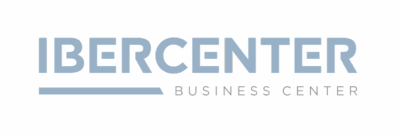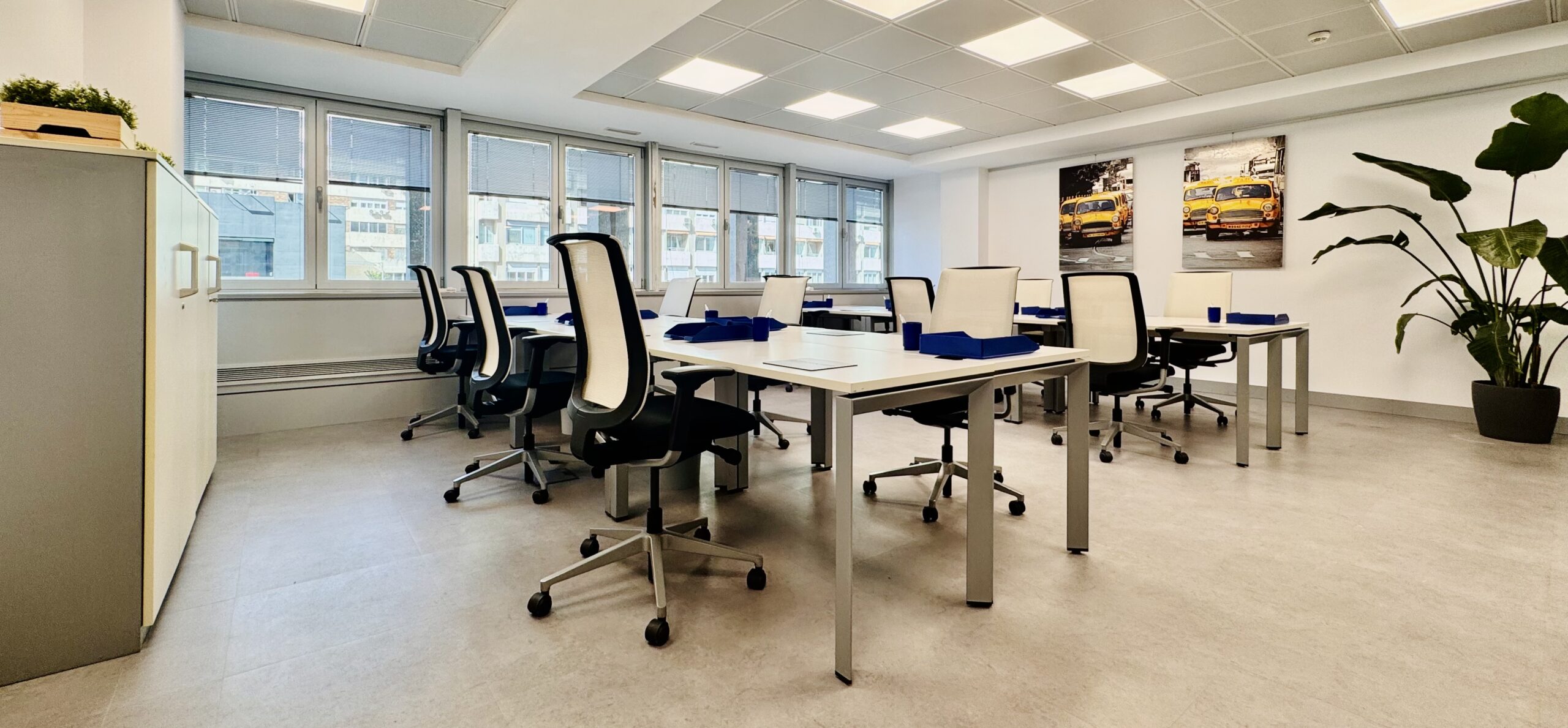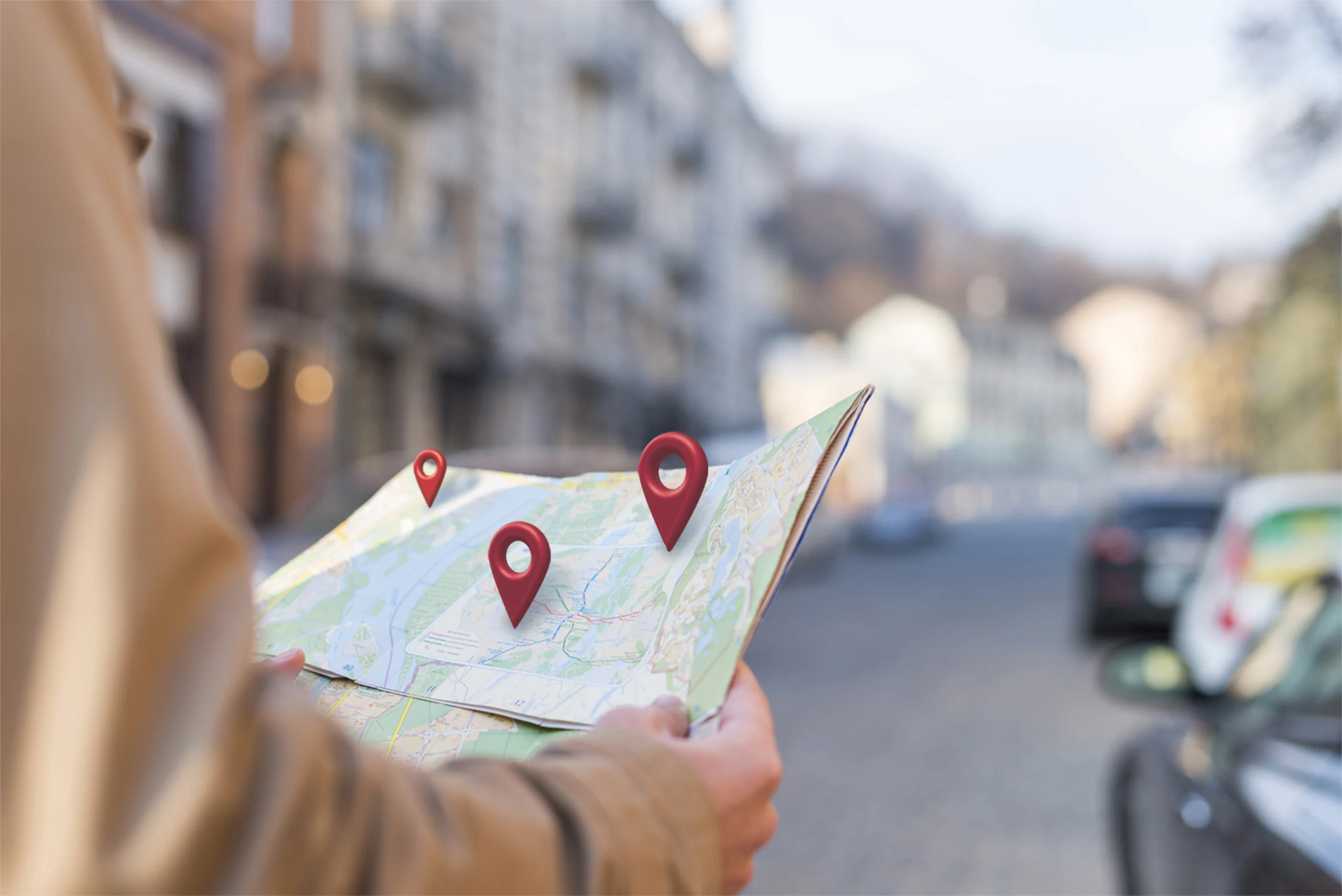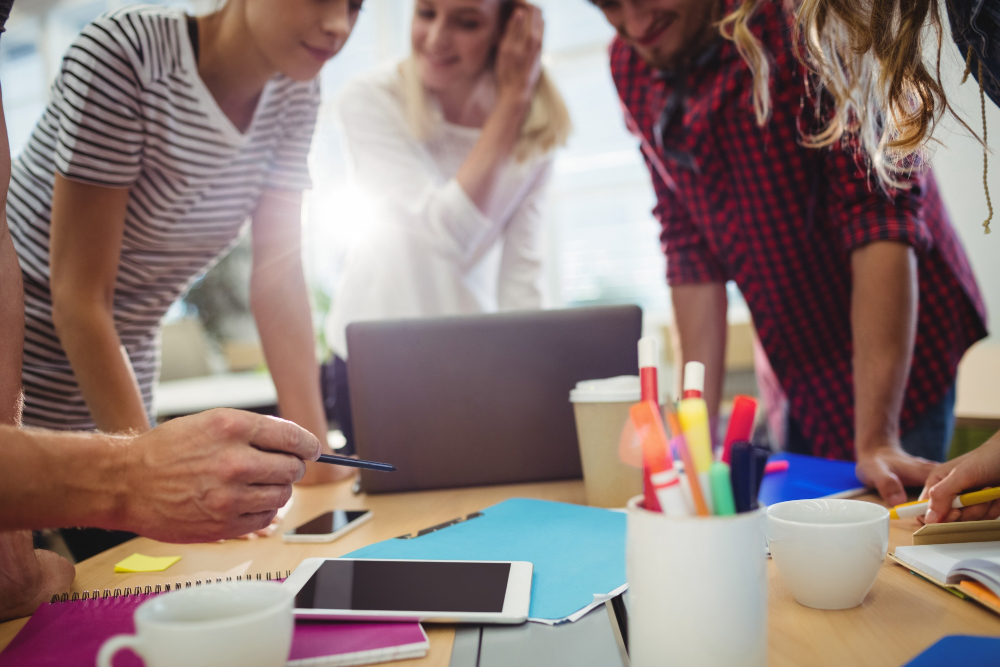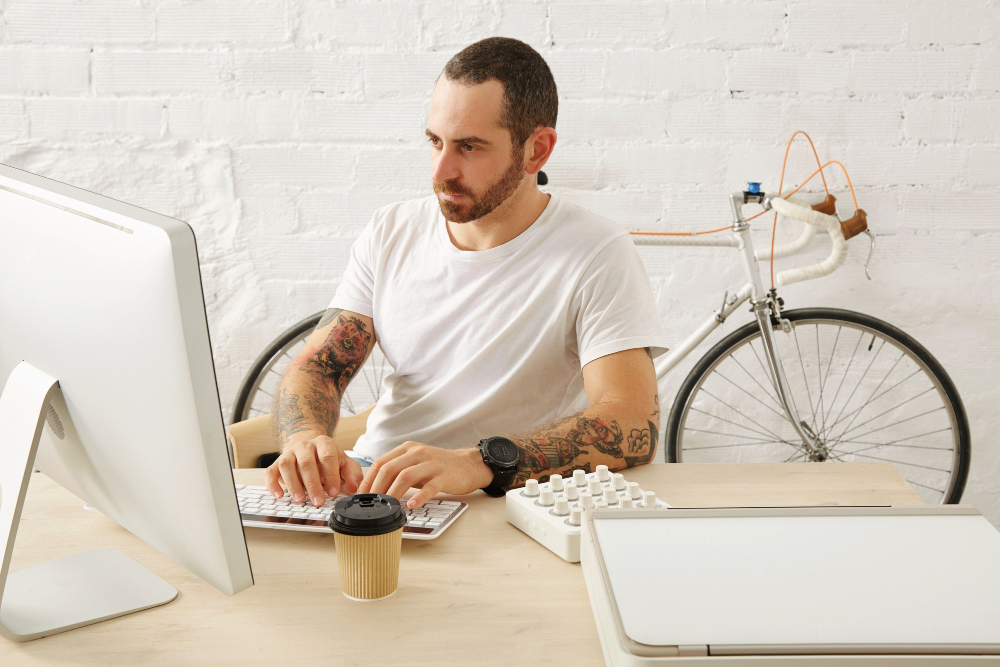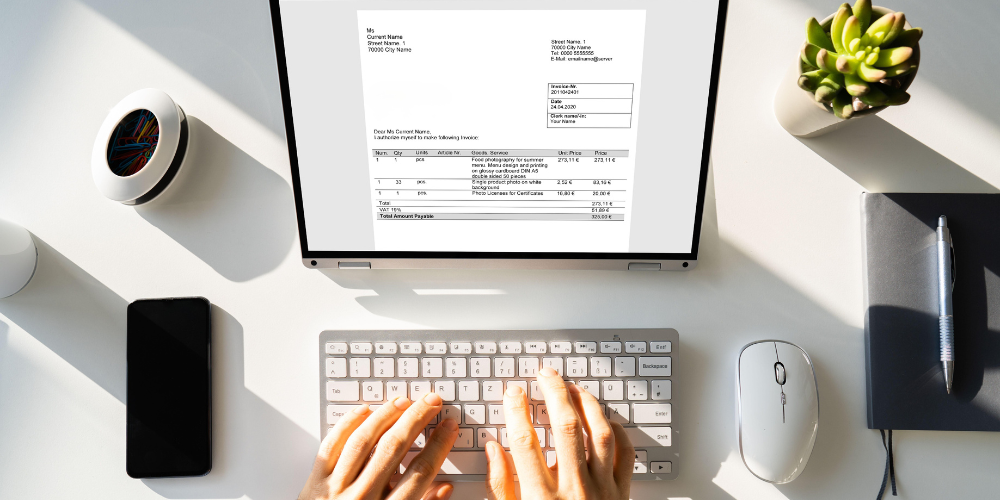Sustainability in offices goes far beyond recycling paper or installing LED light bulbs.
Think about it for a second. Close your eyes and imagine the office “back in the day”. You probably visualise a sea of grey cubicles, fluorescent lighting flickering with the energy of a Monday morning and the constant hum of the printer as the only soundtrack. It was a place we had to go. Now, open your eyes. The world has turned on its axis and the concept of the office has done the same.
In 2025, the office is no longer an obligation; it is a destination. A place we want to go. An ecosystem designed to foster collaboration, wellbeing and creativity. And at the heart of this transformation are two words that resonate with the force of thunder: design and sustainability.
But why all the fuss – isn’t it just a fuss for more plants and colourful recycling bins? Not at all! We’re talking about a quiet revolution that is redefining the value of a workspace. It’s the difference between a bespoke suit and a one-size-fits-all suit that squeezes in all the wrong places. And believe me, your team (and your future star recruits) will notice the difference.
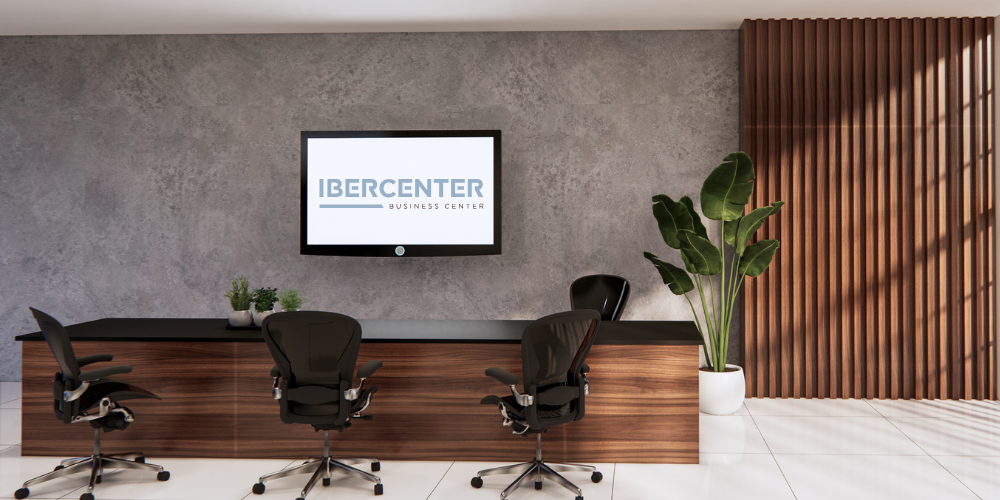
Designing for the future: between wellbeing and eco-efficiency
Office design for 2025 is based on an increasingly accepted truth: happy people are more productive, and sustainable buildings are more profitable in the long run.
So what will we see in the workspaces of the near future?
1. User-centred design
It’s no longer just about aesthetics. Modern offices adapt to people, not the other way around. This means ergonomics, personalisation of the environment (temperature, light, acoustics), and multi-purpose spaces that allow you to work, meet or relax in the same place.
2. Breathing spaces
The integration of natural plants, organic materials and a visual connection to the outdoors is known as biophilia. And it’s all the rage. It improves well-being, reduces stress and, surprise, also boosts creativity.
3. Building with a conscience
From toxic-free paints to recycled or ethically sourced furniture, sustainable design prioritises what you can’t see but impacts health and the planet.
The “Why” of the Issue: Beyond Saving the Polar Bears
Let’s face it. For years, the word sustainability in the corporate environment sounded like a duty, a box to tick in the annual Corporate Social Responsibility report. Today, it is one of the most powerful levers for a company’s growth and relevance.
The reasons for this paradigm shift are as logical as they are inspiring:
- Talent Attraction and Retention: the new generation of professionals, from a seasoned executive to a nomadic entrepreneur, are not just looking for a good salary. They are looking for purpose. They want to work for companies that align with their values. An office that demonstrates a real commitment to the environment and the well-being of its employees is a magnet for top talent. It’s a clear message: “We care about you and we care about the world”.
- Productivity and Wellbeing: Did you know that bad office design can be as draining as a meeting that could have been an email? Spaces with bad lighting, poor acoustics or an impersonal atmosphere drain energy. In contrast, an environment designed with biophilic principles (more on this in a moment), focusing on natural light and comfort, has been shown to increase concentration, reduce stress and boost productivity. It’s science!
- Efficiency and Cost Savings: This is where CFOs smile. Sustainability is incredibly cost effective. LED lighting, motion sensors, smart HVAC systems, energy-efficient faucets…. All this not only reduces the carbon footprint but also slashes utility bills. It’s an investment that pays for itself and enhances brand image.
- Brand Image and Reputation: For an expanding company looking to establish itself in a competitive market such as Madrid, the headquarters is its calling card. An office that exudes modernity, technology and, above all, sustainability, projects an image of an innovative, responsible company that is prepared for the future. It is a silent but devastating sales pitch to clients, partners and investors.
In short, design and sustainability are no longer a “nice to have” but the strategic core of the workspace of the future.
The Mega-Trends That Will Redefine Your Office in 2025
Now that we understand the “why”, let’s dive into the “how”. These are not science fiction predictions, they are established trends that are already shaping the world’s most innovative spaces.
1. The Reign of Biophilic Design: Nature Enters the Office
Biophilic design is much more than just putting a couple of ficus trees in the reception area. It is a design philosophy that seeks to reconnect people with nature within the built environment. Humans have an innate affinity for the natural world and bringing it indoors has almost magical effects.
- How does it look?
- Natural light in abundance: large windows, skylights and a layout that allows sunlight to flood every corner.
- Vegetation everywhere: Not just potted plants. Vertical gardens, interior courtyards, hanging plants that create natural divisions and improve air quality.
- Organic materials and textures: Untreated wood, stone, bamboo, linen, wool… Materials that connect us with the earth and bring warmth.
- Colour palettes inspired by nature: Shades of green, blue, brown and ochre that generate a sense of calm and balance.
- Water and sound: Small water fountains or sound systems that reproduce natural sounds (such as birdsong or the murmur of a stream) to reduce stress.
The result is a space that feels alive, that breathes. A place that reduces eyestrain, improves mood and makes us feel, quite simply, better.
2. 360º Sustainability: A Commitment that can be Seen and Felt
This is where sustainability takes centre stage. In 2025, it is not enough to recycle paper. The commitment must be comprehensive, measurable and transparent.
- What does it look like?
- Radical energy efficiency: Buildings with certifications such as LEED or BREEAM. Exclusive use of smart LED lighting that adapts to natural light. Presence sensors to turn off lights and equipment in empty rooms.
- Circular economy in furniture: No more “use and throw away”. The trend is to use furniture made from recycled materials, or to restore and give a second life to high quality pieces. Furniture becomes a durable asset, not a consumable.
- Water and waste management: Taps with aerators, dual-flush toilets and rainwater collection systems. Clear and well signposted recycling points for everything (organic, plastic, paper, batteries, toner…), and “zero paper” policies encouraged by digitalisation.
- Local and sustainable suppliers: From coffee served in the kitchen to cleaning products. Priority is given to local suppliers and those with green certifications. This not only supports the local economy but also reduces the carbon footprint of transport.
An office with a 360° sustainability strategy is an ecosystem that works in harmony with its environment. And that is something that both a multinational CEO and a freelancer value highly.
3. Hyper-Flexible Spaces: The Chameleon Office
The era of the job for life is dead. Long live flexibility! Work is no longer a monolithic activity; it is a sum of different tasks requiring different environments.
- What does it look like?
- Activity-Based Working: The office is divided into “neighbourhoods”.
- Concentration zones: Soundproof booths or quiet “libraries” for deep work.
- Collaboration zones: Open spaces with whiteboards, sofas and high tables for impromptu brainstorming.
- Social areas: Large, comfortable kitchens that act as the heart of the office, encouraging casual encounters.
- Relaxation areas: Areas with sofas, pouffes or even a meditation room to unwind and recharge your batteries.
- Modular and mobile furniture: Tables on wheels, mobile acoustic panels, bleachers for seating and informal meeting space. The space can be reconfigured in minutes from an individual work area to an auditorium for an event.
- On-demand private offices: Privacy remains key, especially for management or confidential meetings. The solution is private offices that can be used flexibly, without the need for a company to permanently occupy a large space.
- Activity-Based Working: The office is divided into “neighbourhoods”.
This flexibility is the key to attracting freelance profiles that hate long contracts, and to solving the problems of an expanding company that needs to be able to scale its workspace without drama.
4. Integrated (and Human) Technology: The Intelligent Office
The technology of the future is not cold or complicated. It is invisible, intuitive and at the service of people to make their lives easier.
- What does it look like?
- Seamless Experience: Apps to book a desk, a meeting room or a parking space. Mobile access to the building and your office.High-speed connectivity guaranteed: Wi-Fi 6, charging points everywhere (also wireless!). Connectivity is no longer a service, it’s like oxygen.
- State-of-the-art hybrid meeting rooms: Cameras that follow the speaker, high-quality microphones and interactive screens that make remote participants feel as if they are in the room. This is the key to making the hybrid model really work.
- Intelligent environmental control (IoT): Sensors that automatically adjust temperature, lighting and air quality based on occupancy and user preferences.
5. Wellness as the New Luxury: Taking Care of the Most Important Asset
The last major trend, and perhaps the most human, is the absolute focus on employee wellness. A healthy office is a happy and productive office.
- What does it look like?
- Superior ergonomics: High-end ergonomic chairs, elevating desks to alternate between sitting and standing.
- Monitored air quality: HEPA filters, CO2 sensors and constant ventilation ensure clean, healthy air.
- Encouraging movement: Attractive and visible stairs that invite you to use them instead of the lift. Storage spaces for bicycles or scooters.
- Healthy nutrition: Healthy food and drink options available in the kitchen (fresh fruit, healthy snacks, good coffee).
- Mental health: Disconnection spaces, quiet or meditation rooms, and a culture that respects work-life balance.
And how do I implement all this without mortgaging the company? The smart solution
Reading all this can be overwhelming. For an SME, an entrepreneur or even a multinational landing in Madrid, designing and building such an office from scratch is a huge initial investment in time, money and resources.
And this is where the magic of flexible workspaces comes into play.
At Ibercenter, we don’t just rent square metres; we offer direct access to this new era of work. We’ve done the investment and the legwork for you. Our centres in prime locations in Madrid (Azca, Gran Vía and Velázquez) are not just prestigious addresses, they are working ecosystems designed with sustainability in mind and focused every day on making the necessary improvements to stay that way.
When a company chooses one of our private offices, it is not simply renting a space. They are gaining access to world-class infrastructure, state-of-the-art meeting rooms equipped with the latest technology for their high-level meetings, and contractual flexibility that allows them to grow without fear. All with a commitment to efficiency and sustainability that reinforces your own brand image.
For an executive, it means having an impeccable, professional private office with all the premium services included, freeing them from the burden of management so they can focus on what really matters: their business.
And for an entrepreneur, it means finding a vibrant space in the heart of Madrid, with a community of professionals to connect with, and the flexibility of a contract that adapts to your pace, not the other way around.
Conclusion: The Office of 2025 is a Destination, Not a Sentence
The future of work is here. And it looks nothing like the sea of grey cubicles we remember. The office of 2025 is a strategic space, a talent magnet, a mission statement. It is biophilic, hyper-flexible, technologically advanced and, above all, deeply human and under the premise of sustainability.
The question is no longer if your company should adopt these trends, but when and how. The good news is that the road to the office of the future does not have to be a leap into the void. It can be a smart, strategic move towards a model that already works, a model that allows you to offer the best to your team without taking all the risks.
Are you ready to make your office the best place to work? The future awaits you. And it’s incredibly green.
